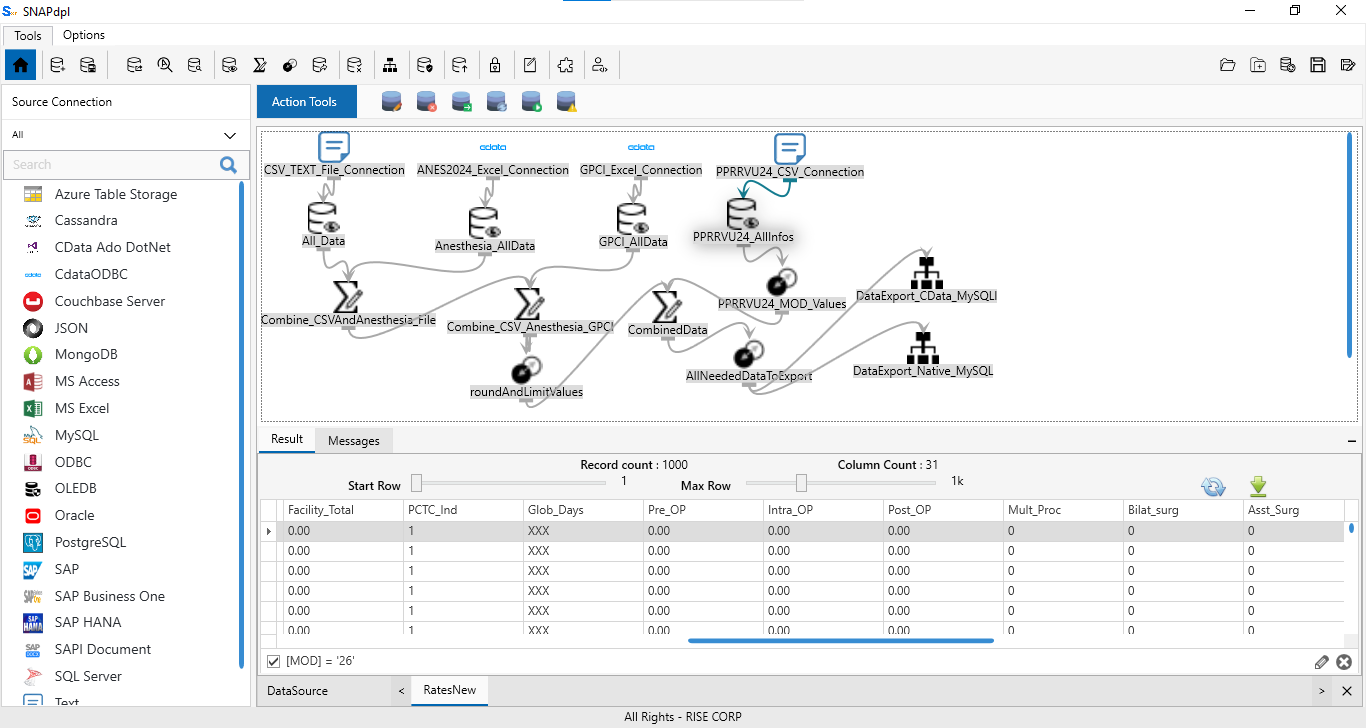Understand the Advantages of SNAPxr Connectors.
There are over 200+ connectors available in modern data integration platforms that facilitate seamless connection with a wide range of data sources.
These connectors enable the integration of various systems and streamline the data flow between different platforms, including SAP, relational and non-relational databases, files, and enterprise applications.
Demo and Features
Modern data integration platforms offer a vast array of over 200+ connectors, allowing seamless integration with a diverse range of data sources. Here’s a structured overview of a potential demo and the key features that highlight the platform’s capabilities:
- Connecting Multiple Data Sources.
- Automating Data Pipelines.
- Data Transformation and Validation.
- Workflow Management and Scheduling.
- Monitoring and Error Handling.
- Extensive Connector Library.
- Automated Workflow Creation.
- Data Transformation and Cleansing Tools.


Benefits of SNAPxr Connectors
Modern data integration platforms with a rich set of connectors offer numerous benefits that improve connectivity, efficiency, and data management across organizations. Here are the key benefits:
- Streamlined Data Connectivity.
- Enhanced Efficiency with Automated Workflows.
- Improved Data Quality and Consistency.
- Real-Time Data Availability.
- Scalability for Growing Data Needs.
- Cost Savings and Resource Optimization.
- Flexible Scheduling and Trigger Options.
SAP Connectors
SAP is a popular enterprise resource planning (ERP) system used by organizations globally. Connectors to SAP systems allow users to extract data from modules like SAP ECC, SAP HANA, and SAP B1. This enables businesses to leverage the rich data available in SAP for, reporting, or migration purposes.
Relational Databases
Relational databases such as SQL Server, Oracle, MySQL, and PostgreSQL remain core data sources for many organizations. Connectors for these databases allow easy querying and integration of structured data into other systems, without requiring manual data extraction. These connectors can support batch processing, real-time sync.
Non-Relational Databases
Non-relational databases (NoSQL) such as MongoDB, Cassandra, and Cosmos DB are increasingly used for big data and unstructured data storage. Connectors to these databases help integrate vast amounts of semi-structured or unstructured data into analytics platforms, data lakes, or enterprise systems.
File Connectors
Data stored in flat files (e.g., CSV, Excel, JSON, XML, TEXT) can be just as valuable as database entries. File connectors allow organizations to import and process files from local servers, cloud storage (e.g., Azure Blob Storage, Amazon S3). These connectors ensure that file-based data can be transformed and integrated into broader data pipelines.
Enterprise Application Connectors
Many organizations rely on enterprise applications like Salesforce, Workday, Microsoft Dynamics, and ServiceNow for CRM, HR, and other business functions. Connectors to these systems help integrate application data into broader business intelligence systems, ensuring that critical business metrics are readily available for analysis.
